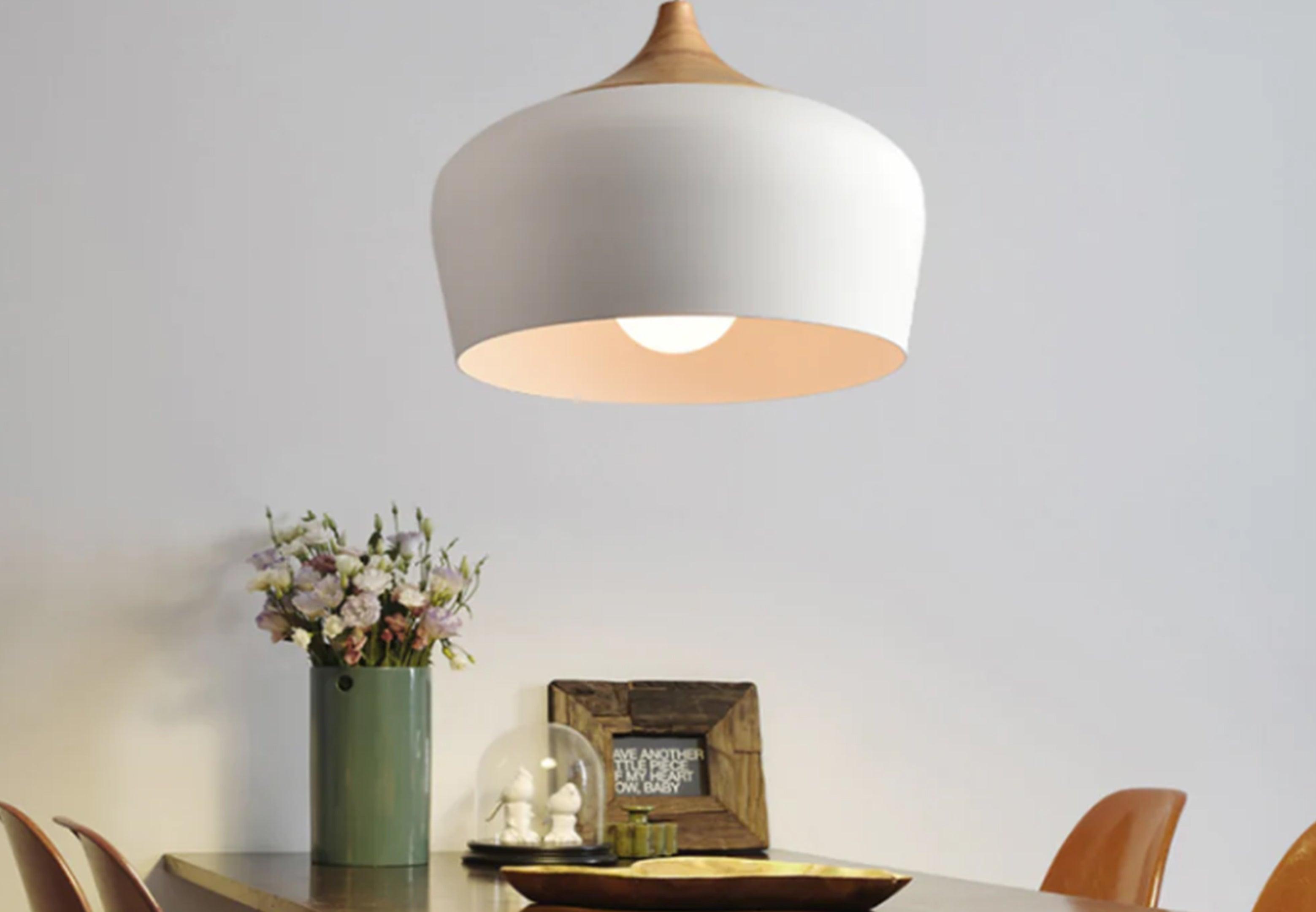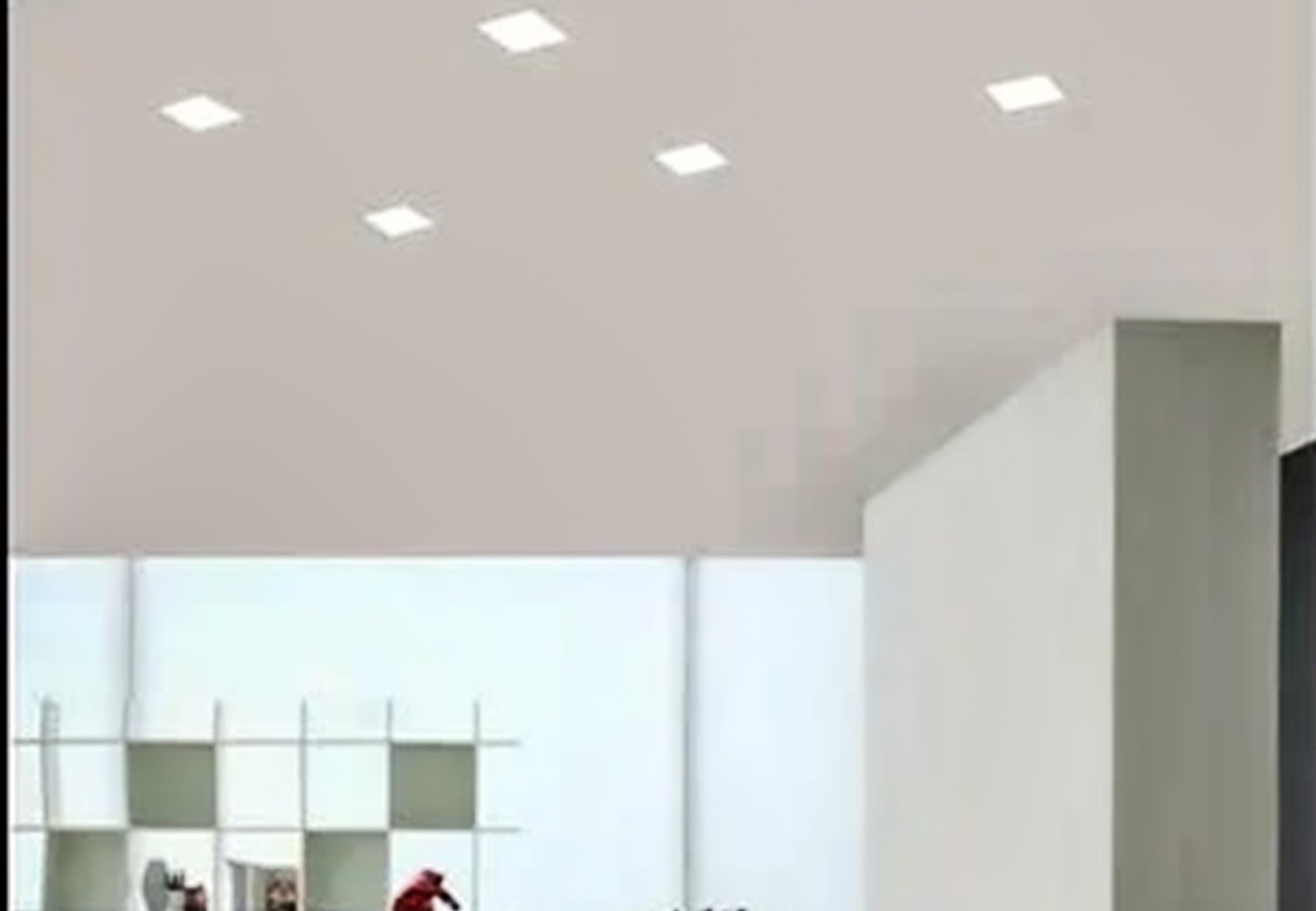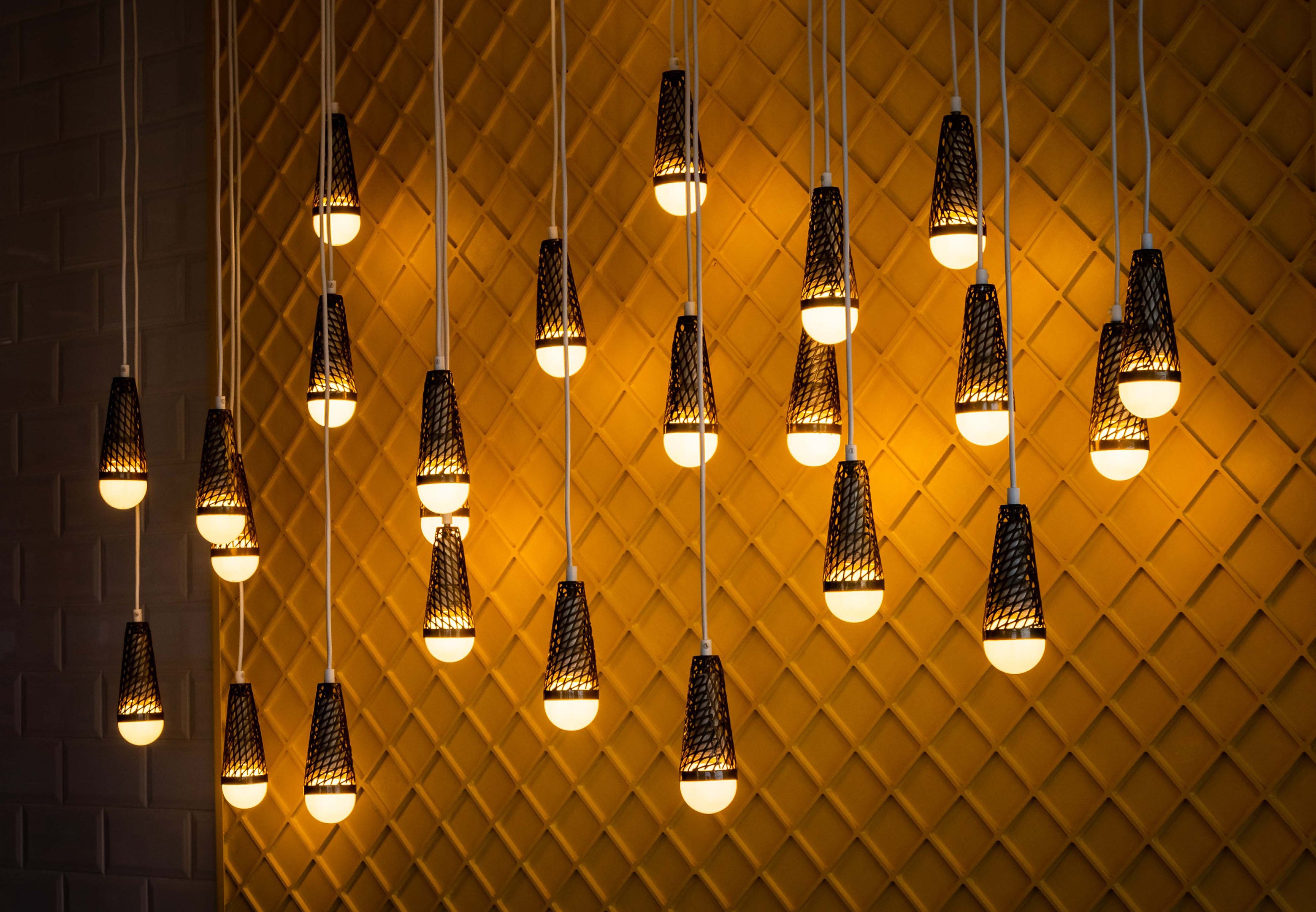
5 Lighting Rules of Retail: Illuminating Your Way of Success
To succeed in today's competitive retail environment, designing a memorable customer experience that will bring in new clients and encourage existing ones to buy more of your products is crucial. One of the most essential factors in this experience is the lighting.
The appropriate lighting can completely change the atmosphere of a store, drawing in customers and encouraging them to buy. Let us look at the five lighting principles any store should follow to shine a bright light on their success.
Know Your Target Market and Brand Identity
Before diving into lighting design, knowing who you're designing for and what your brand stands for is essential. It is important for a store's lighting to reflect the tastes and expectations of the target audience.
Consider using more energetic and engaging lighting, for instance, if your business is aimed at a fashionable young crowd. If, on the contrary, your brand is sophisticated and elegant, a more subtle and delicate lighting scheme might be more appropriate.

Your brand's identity and ideals should inform the lighting design. An electronics store may benefit from bright, white lighting to suggest a sense of innovation and modernity, while a fashion boutique going for a rich ambience would benefit from warm, accent lighting to emphasize expensive items.
Harmony and Stacking
Finding the sweet spot between your lighting fixtures and layers is the key to a successful lighting design. Lighting in stores often falls into three categories: ambient, task, and accent.
Ambient Light
This ambient lighting is what determines how bright the store is generally. It helps set the shop's tone and ensures that clients feel at ease moving around within. Ambient lighting is often provided by either above or widely-spaced lamps.

Chandeliers, for instance, are stunning and functional since they spread light beautifully while drawing attention. However, pendant lights, both practical and decorative, illuminate a room while highlighting its unique features.

Task Lights
Task lighting is designed to illuminate only the areas where work is being done. Task lighting in a retail context can provide focused illumination where it is most needed, such as at the point of sale, in product displays, or in dressing rooms.

One such example is changing the angle of a spotlight to cast a brighter light on a single product or a piece of visual advertising. On the other hand, track lighting has adjustable heads that can be aimed towards specific parts, making it ideal for illuminating products.

Accent Lights
Accent lighting intends to bring attention to particular objects or spaces. It draws attention to specific areas and encourages shoppers to look closer. Track lights, spotlights, or other directed fixtures typically provide accent lighting.
By integrating these three components, stores can create an exciting setting that draws customers in and improves sales.
CRI and Color Temperature
Essential characteristics that affect how things seem under various lighting circumstances include colour temperature and the Color Rendering Index (CRI).
Hue and Saturation
Colour temperature, measured in Kelvin (K), defines an illumination's warm or coolness. Light with a lower colour temperature (about 2700K to 3000K) is perceived as more courteous and welcoming. Light with a higher colour temperature (about 4000K to 5000K) is more relaxed and hence better suited to environments that need to feel more lively and vivid. Stores can create distinct zones by using a range of colour temperatures.
CRI
How well artificial light reproduces, the colour range of natural light is quantified by a metric called the Color Rendering Index. Lighting with a high CRI (usually above 80) makes things look more colourful and genuine. Customer's ability to make precise colour and texture assessments is crucial for the fashion industry.
Sustainability and Effective Energy Use
Choosing lights for a retail establishment that is both energy efficient and environmentally friendly is a balancing act that must be addressed. Due to its extended lifespan, low energy consumption, and adaptability, energy-efficient LED lighting has become the standard for commercial settings.

Dimmers, motion detectors, and timers are lighting controls that can optimize energy use and cut expenses. Natural lighting through strategically positioned windows and skylights has additional benefits, including reducing the store's carbon footprint and making the space feel more open and welcoming to customers.
Promoting your company's dedication to environmental protection and sustainability can win over environmentally aware customers and boost your company's reputation.
Ability to Change and Adapt
The retail industry is constantly changing as new technologies and consumer preferences emerge. Your lighting scheme, then, has to be adaptable and versatile to handle these variations efficiently.
Stores can quickly adapt to changing customer preferences and seasonal sales patterns with the help of modular lighting equipment and systems. Stores can keep things interesting for customers by providing various lighting options and making changes quickly.

To succeed in today's fierce retail industry, providing customers with a memorable and enjoyable shopping experience is crucial. Lighting can turn a business into a magical realm that attracts consumers and boosts your brand's reputation when used correctly.
Retailers can harness the potential of lighting by catering to their target market, balancing lighting layers, optimizing colour temperature and CRI, embracing sustainability, and encouraging flexibility. Strategic lighting design is an investment that pays off in higher sales and long-term brand loyalty. Let there be light, and make your storefront sparkle by adhering to these five lighting guidelines with Ankur Lighting.
 Talk On Call
Talk On Call Chat On WhatsApp
Chat On WhatsApp


